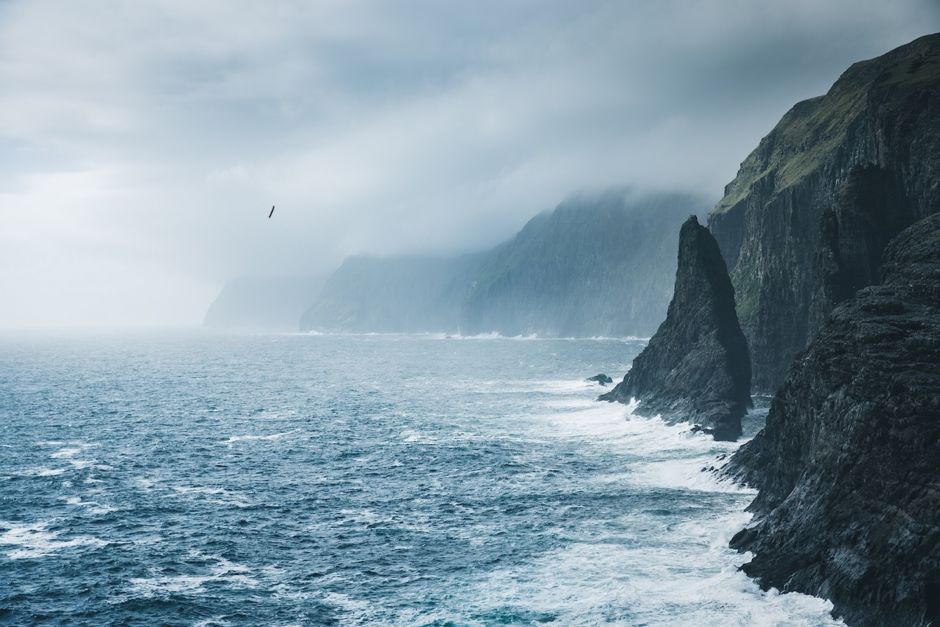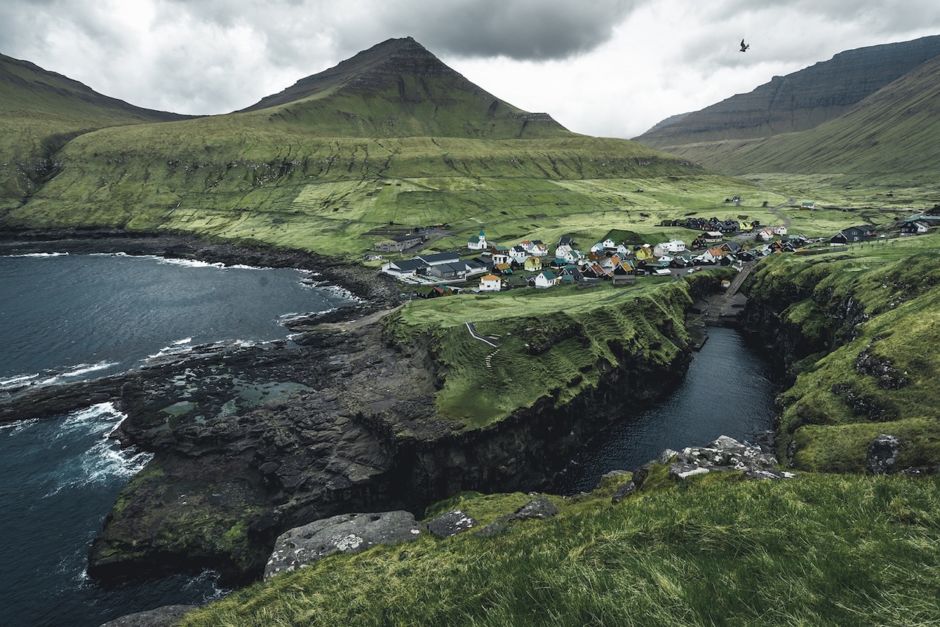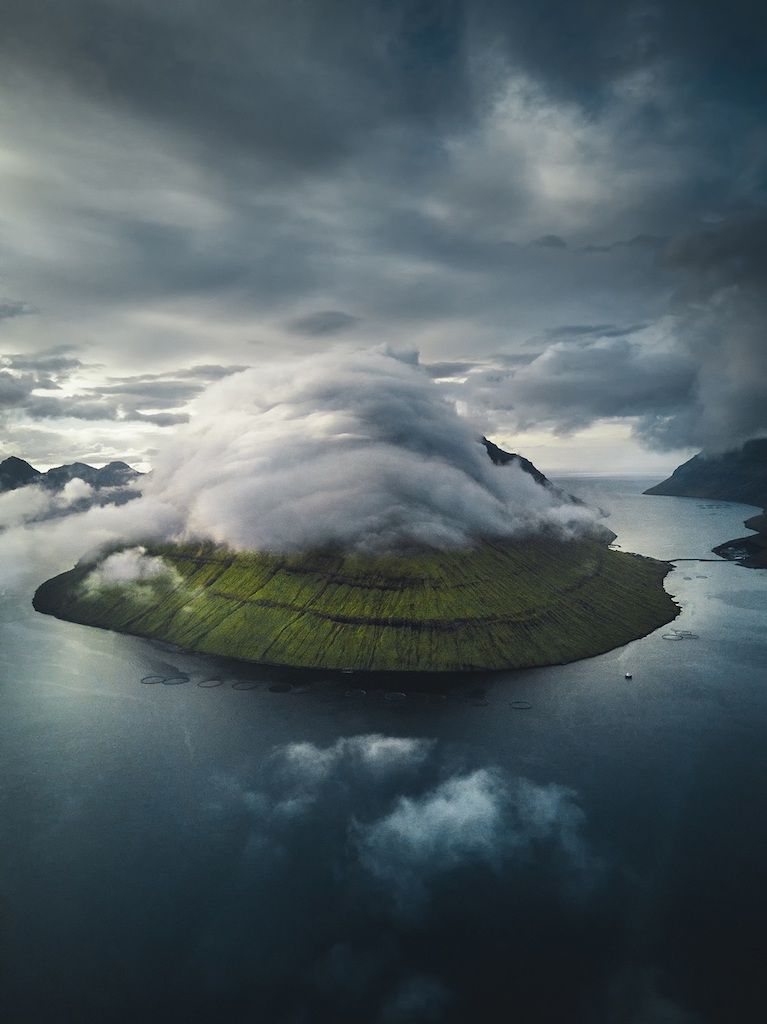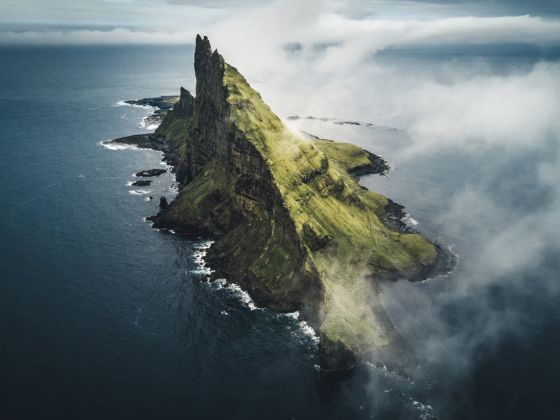Føroyar. That’s the local word for the Faroe Islands and its proper name. It’s a series of islands about halfway between Norway and Iceland, and is technically part of the Kingdom of Denmark, though it’s autonomous. I had a chance to make my way to this remote spot and explore it by foot, car, and plane. What I discovered was a lush land, wild weather, open roads, and this-can’t-be-real moments around each bend in the road.
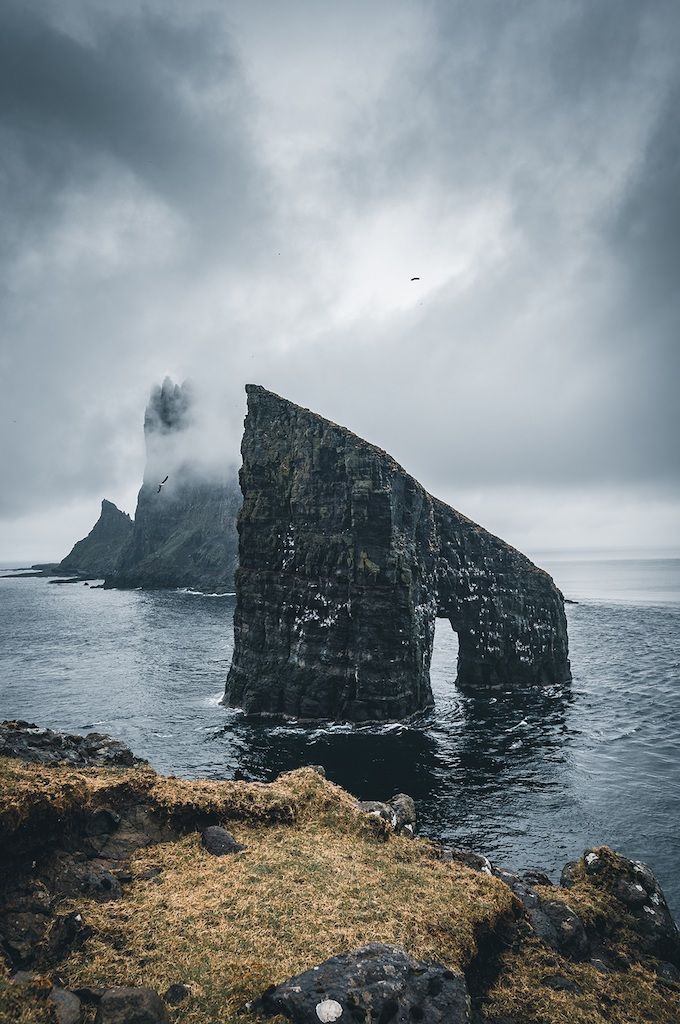
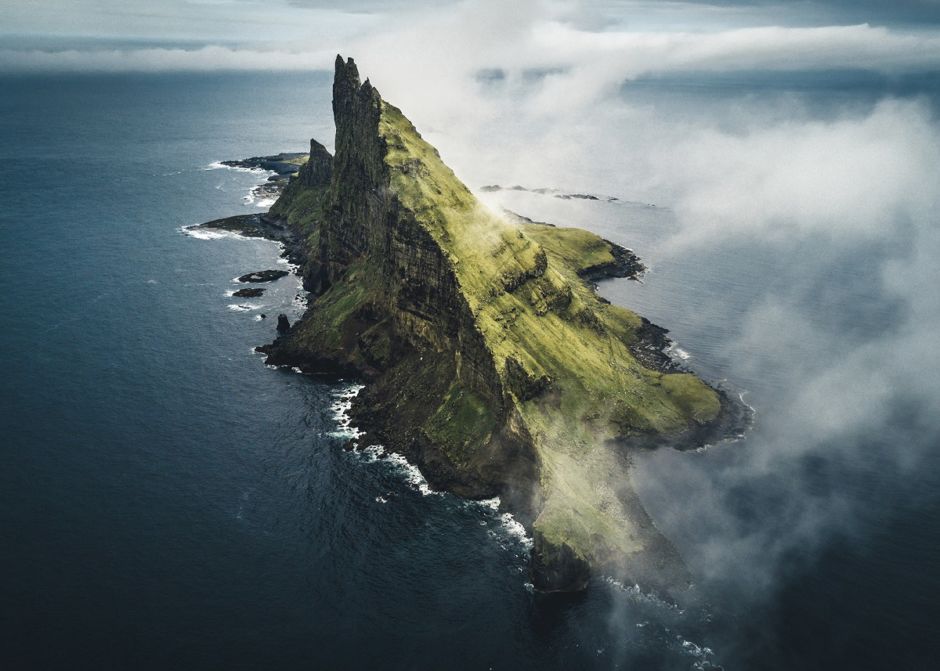
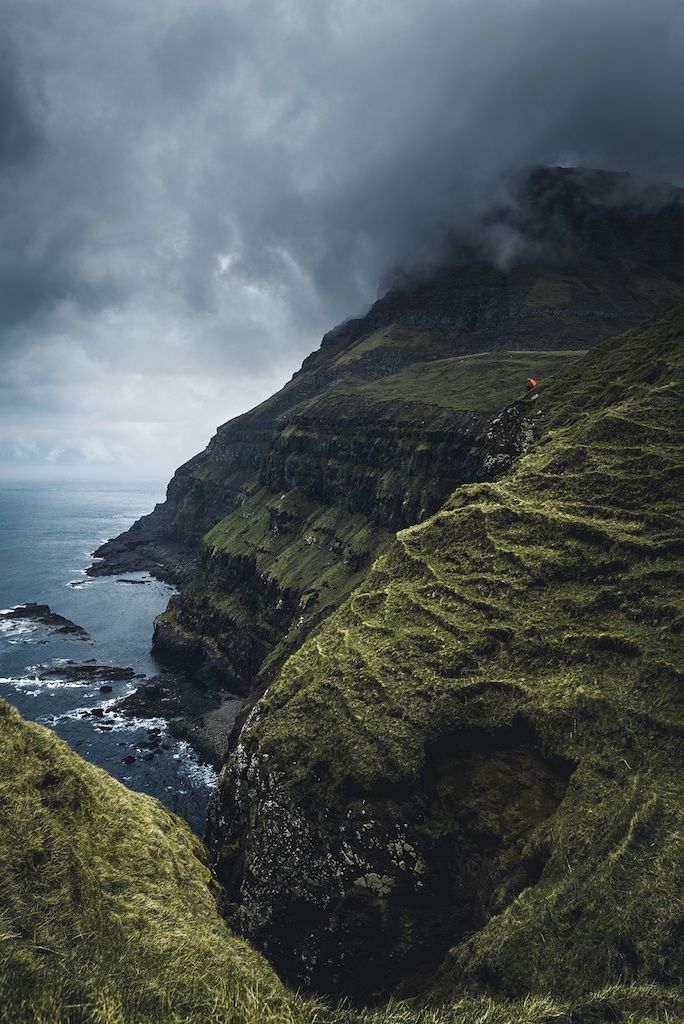
Intermission
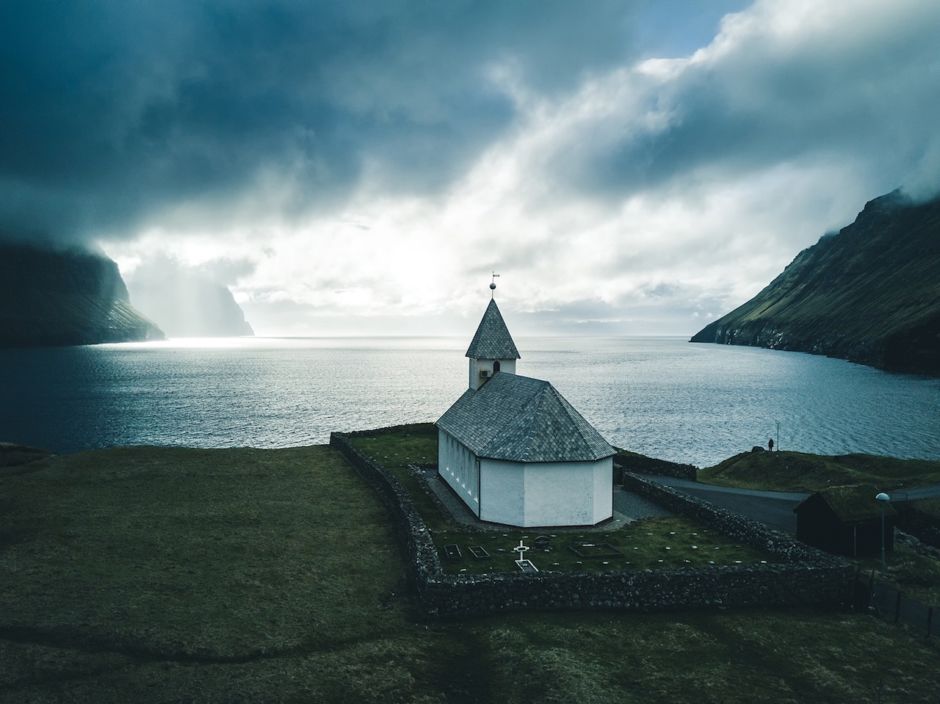
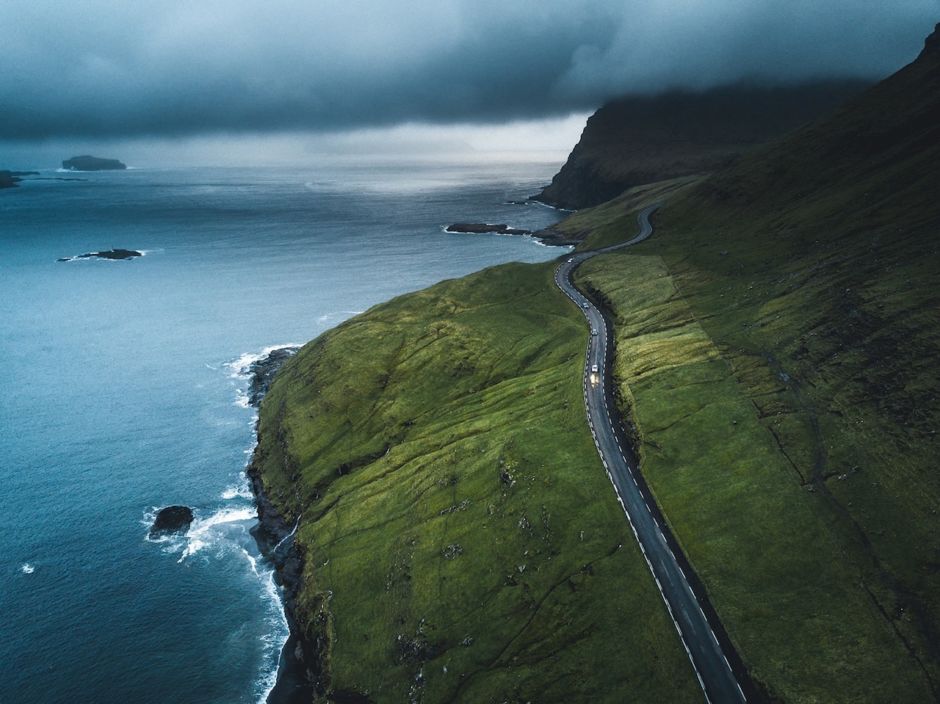
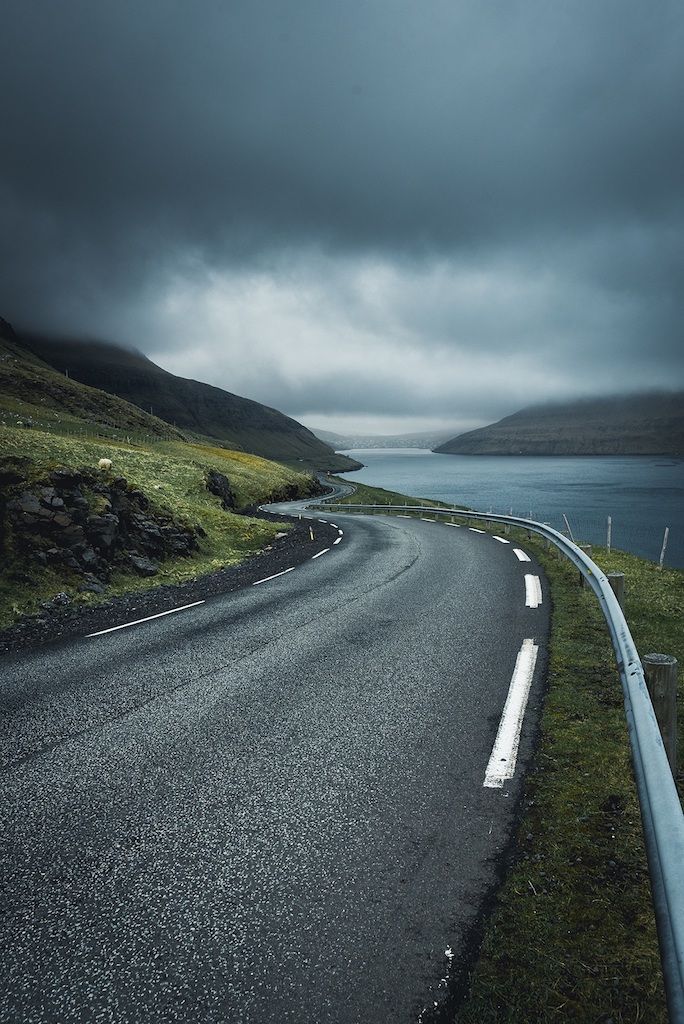
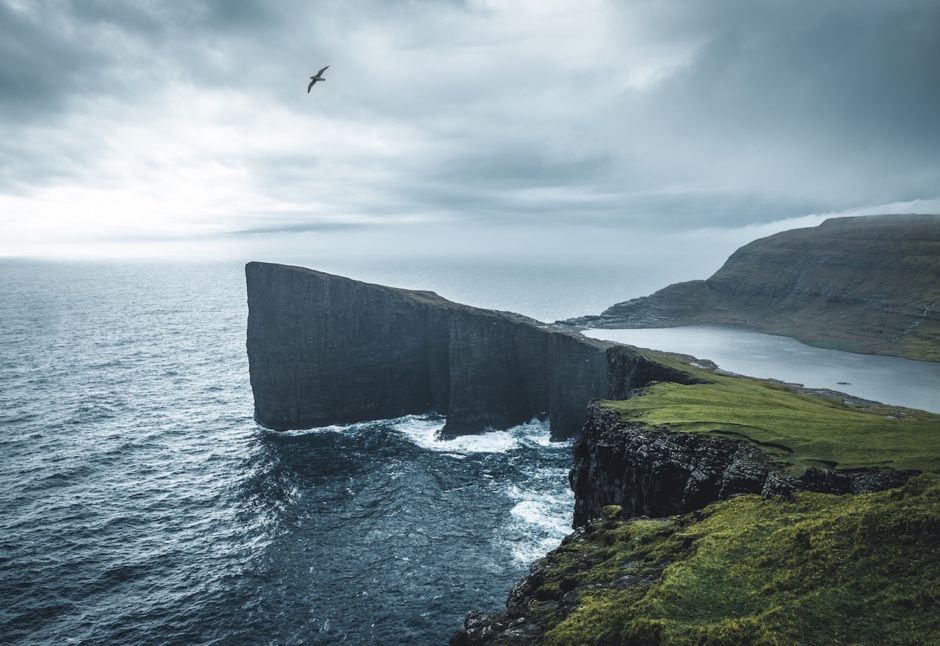
Intermission
